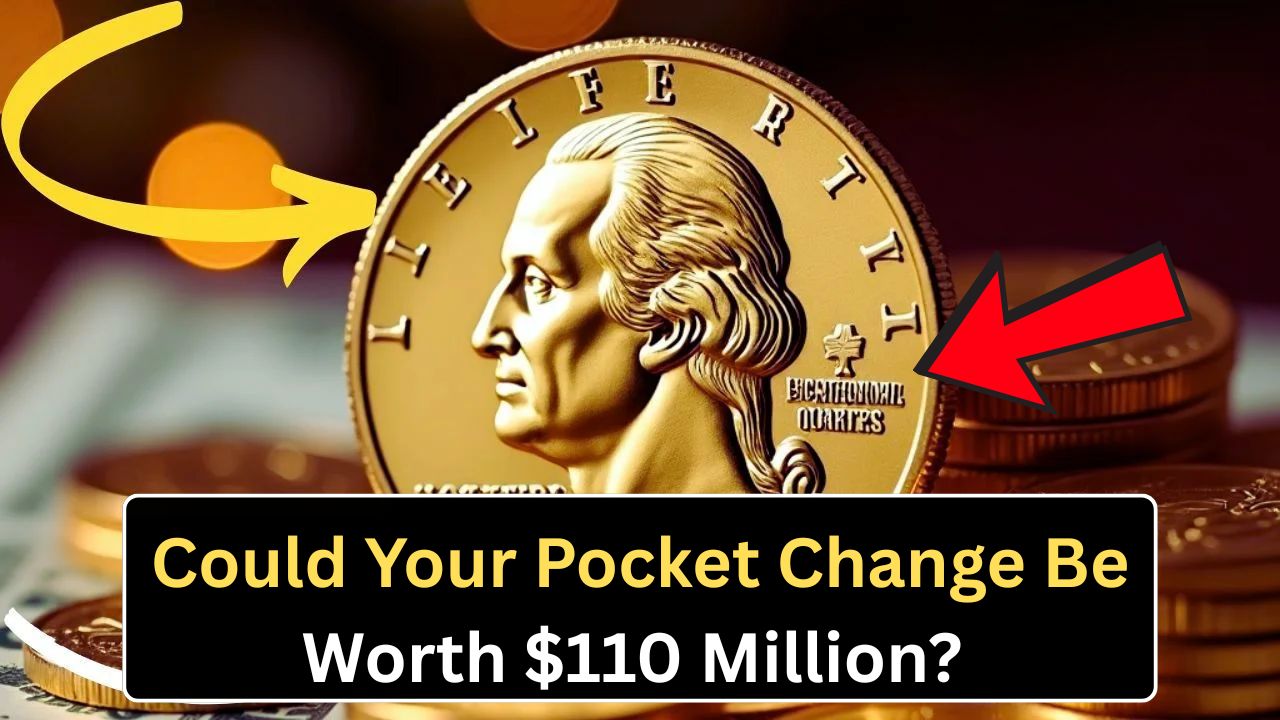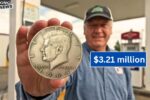Quarter Still Out There
In 1976, the U.S. Mint released special Bicentennial quarters to celebrate America’s 200th birthday, and most are worth just 25 cents. But rumors are swirling about a super-rare version supposedly valued at $110 million that might still be in circulation. While no verified coin has reached this price, certain Bicentennial quarters with unique errors or features can fetch thousands—or even millions—for lucky finders. Here’s what to know about this elusive coin and how to spot one.
The Bicentennial Quarter Basics
The U.S. Mint made over 1.6 billion Bicentennial quarters in 1975 and 1976, marked with a dual date (1776-1976) and a colonial drummer on the back. Most were “clad,” made of copper and nickel, but some from San Francisco were 40% silver, making them more valuable. These coins were minted in Philadelphia (P), Denver (D), and San Francisco (S), with silver versions mostly sold to collectors. However, rare errors in these quarters can drive their value sky-high.
The $110 Million Myth
Talk of a Bicentennial quarter worth $110 million likely comes from exaggerated claims or mix-ups with other rare coins. Recent reports mention a 1976-S silver quarter selling for $19,200, but no evidence supports a $110 million sale. Some sources confuse these quarters with rare dimes or speculate about extreme minting errors, like a missing mint mark or doubled die (where the design appears doubled). Such errors could push a quarter’s value to $45 million in extreme cases, but $110 million remains unverified. Still, checking your change for rare versions is worth a shot.
Spotting a Valuable Quarter
To find a high-value Bicentennial quarter, look for specific traits. Check for a San Francisco (S) mint mark and a silvery color, indicating 40% silver content. Errors like a doubled die obverse (blurry or doubled lettering) or no mint mark on a silver coin are rare and valuable. For example, a doubled die error could fetch $19,000 or more. Use a magnifying glass to inspect the date, lettering, and drummer design. Coins in near-perfect condition (graded MS-67 or higher by PCGS or NGC) are worth the most.
Where to Look and What to Do
These quarters could be hiding in your pocket, coin jar, or old piggy bank. Check change from stores, vending machines, or inherited collections. If you think you’ve found a rare one, don’t clean it—cleaning lowers its value. Take it to a reputable coin dealer or grading service like PCGS for appraisal. Selling through auctions or verified platforms can get you the best price if it’s a gem. Even if it’s not worth millions, a silver or error coin could still bring in thousands.
Why Collectors Love These Coins
As America nears its 250th anniversary in 2026, Bicentennial quarters are getting hotter among collectors. Their unique design and historical value make them stand out. Silver versions and error coins are especially prized because so few were made. With over 860 million minted in Denver and 809 million in Philadelphia, the rare ones are needles in a haystack, but that’s what makes the hunt exciting.
| Feature | Details | Potential Value |
|---|---|---|
| Silver Content | 40% silver, San Francisco (S) mint mark | $10–$19,200 |
| Doubled Die Error | Blurry or doubled design elements | $19,000–$45 million |
| No Mint Mark (Rare) | Missing mint mark on silver coin | Up to $45 million |
| High Grade | MS-67 or better condition | Thousands to millions |
Next time you get change, take a closer look. That Bicentennial quarter in your wallet might not be worth $110 million, but a rare error or silver version could still make you rich. Happy hunting!




